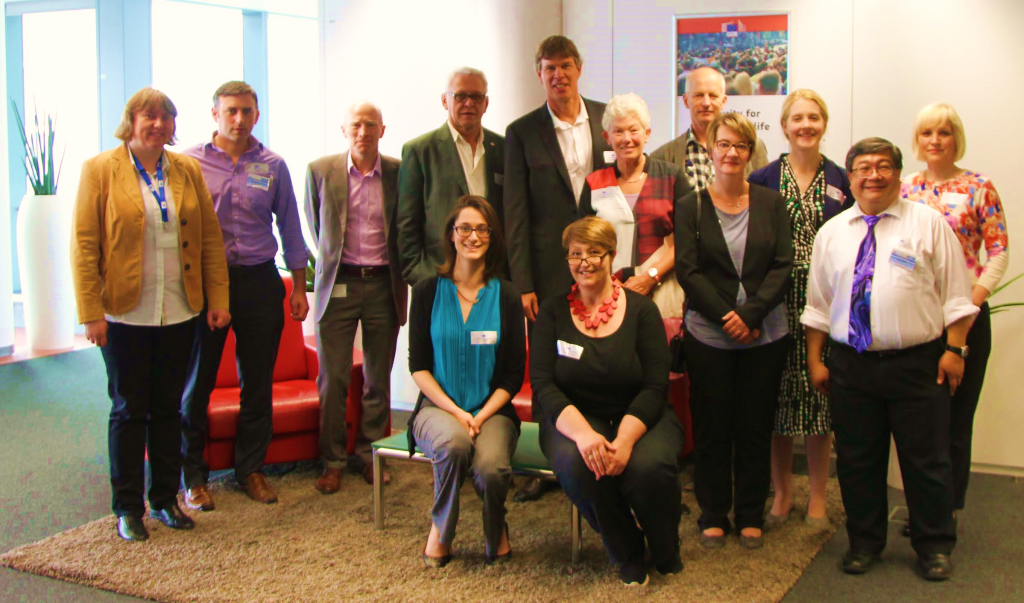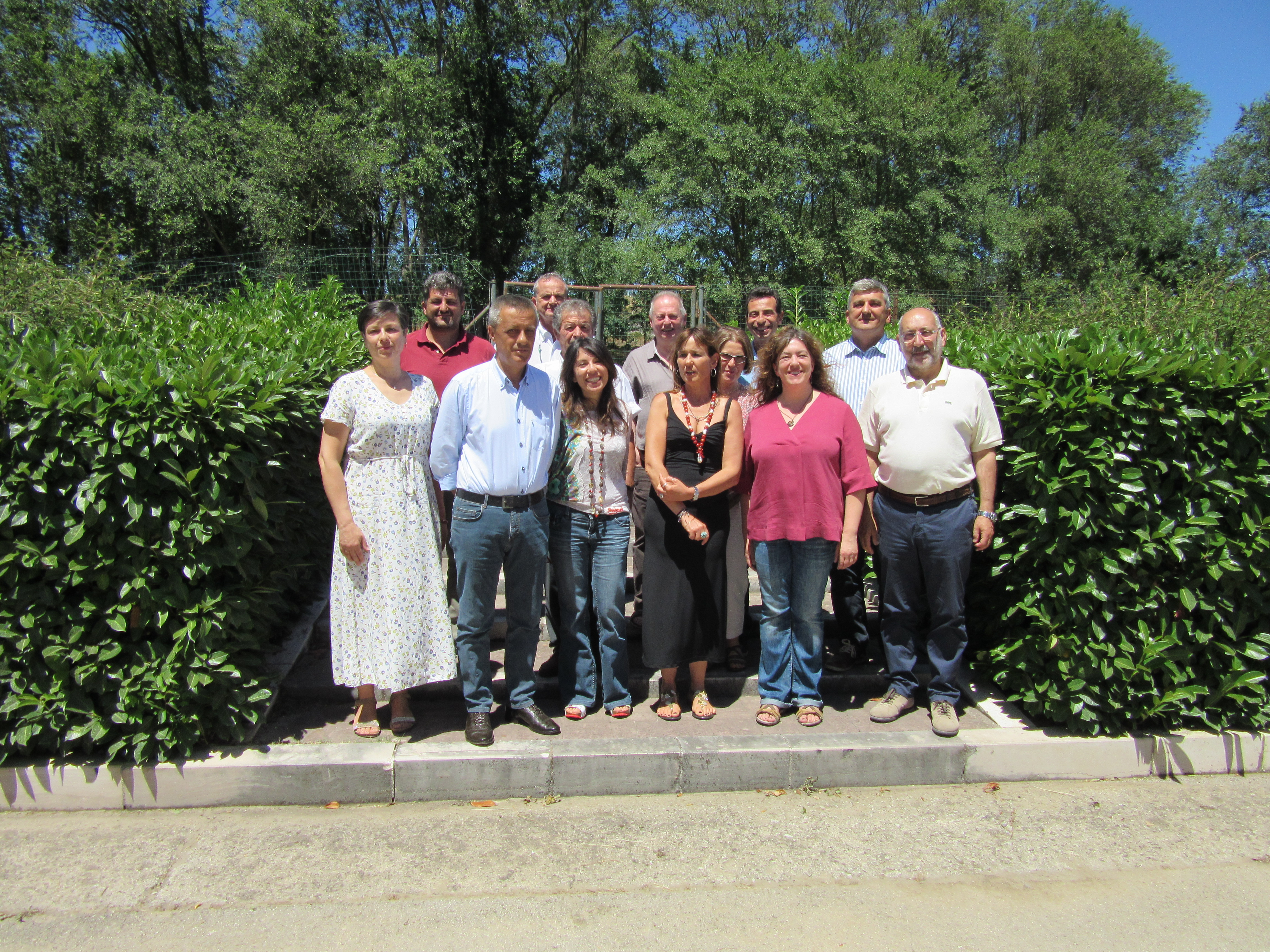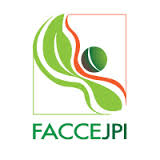On 20th July 2016, the first meeting of the network “Actions for Mitigation of and Adaptation to Climate Change in Livestock Sector in Mediterranean Area”(MLN) was held in Bella, Italy. The meeting was hosted by the Extensive Animal Husbandry Research Unit of the Council for Agricultural Research and Economics (CREA-ZOE). The idea to create MLN arose at the annual LRG meeting held at Lodi (IT) and was launched at the GRA Engagement Workshop, held in Izmir (Turkey) on November 18-19 2015, to deal with three areas representing key concerns for livestock in the Mediterranean region: water, mycotoxins, and good practices of mitigation and adaptation.
Outcomes of the meeting included actions to gather literature on themes of interest and on relevant national and international programs to MLN, and the decision to apply a COST project to MLN activities, with particular attention paid to methods and to novel concerns (i.e. emerging mycotoxins).
All the scientists who expressed their interest in MLN will be invited to join the project and to share this information with other colleagues, especially if belonging to countries not presently involved.
A summary report is available here. All people interested to join MLN can contact the GRA Secretariat or Giacomo Pirlo ([email protected]).
Issue 5 of the UK’s Agri-Science and Innovation Newsletter is now available to download.
The newsletter communicates the UK’s participation in the Global Research Alliance through the UK Government’s investment in the UK Agricultural Greenhouse Gas Research Platform (www.ghgplatform.org.uk), including UK participation at Alliance Research Group meetings, Alliance activities and networks being led by the UK and participation at capacity building workshops and network meetings by UK scientists.
For more information on the UK’s participation in the Global Research Alliance please see their country page at http://globalresearchalliance.org/country/united-kingdom/ 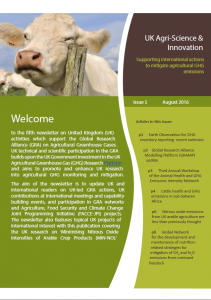
A series of webinars took place earlier this year to share the outcomes of the UK-led project “Scoping the potential for Earth Observation to provide agricultural activity data for inventory compilation”.
For those that couldn’t attend, the webinars were recorded and are now available to view online:
- International Stocktake on Activity Data requirements and Earth Observation for Inventory Compilation
- Historic International Earth Observation Usage Case Study
- Using the annually updated but coarse resolution MODIS global land cover product for greenhouse gas accounting. A case study for the UK.
Handouts for each webinar topic are available for download
If you have any comments or questions please use the contact details provided in the handouts.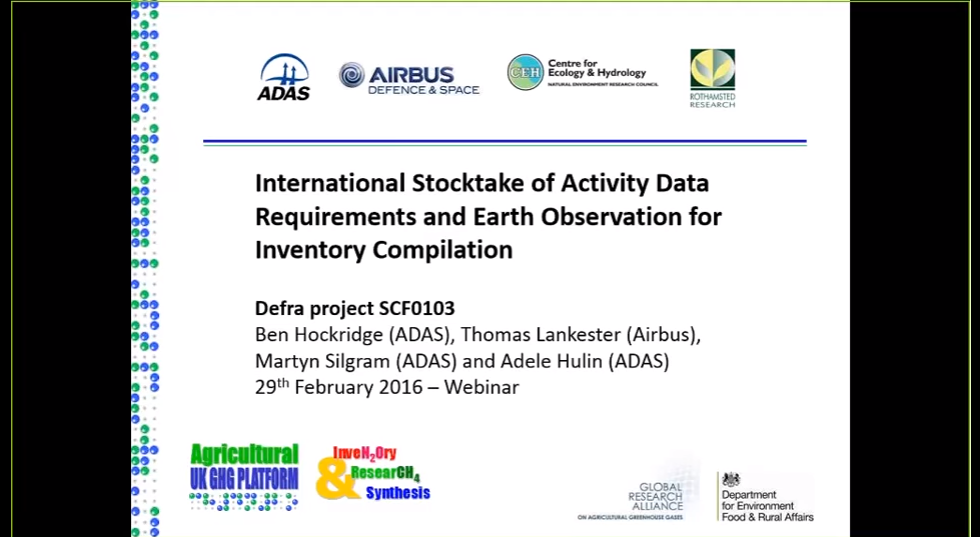
The Paddy Rice Research Group’s Sub-America’s division met on 13-15 July this year in Stuttgart, Arkansas, USA. The meeting was attended by 10 GRA Member countries: Argentina, Brazil, Canada, Chile, Colombia, Indonesia, Japan, New Zealand, Uruguay and USA, and a meeting report will soon be available. The presentations for the meeting are now available in the Members’ Area of the website.
The latest newsletter for the Joint Programming Initiative on Agriculture, Food Security and Climate Change (FACCE-JPI) can be viewed here
Of particular interest to GRA Members who submitted proposals or who participate in both the GRA and FACCE-JPI, in this newsletter the FACCE-JPI notes that the ERA-Gas call for transnational research projects on monitoring & mitigation of GHGs from agri- and silvi-culture generated 28 pre-proposals with 169 partners. Evaluations will be available 14 October 2016.
The FACCE-JPI comprises 22 countries committed to building an integrated European Research Area addressing the interconnected challenges of sustainable agriculture, food security and impacts of climate change. Research is steered to support sustainable agricultural production and economic growth and contribute to a European bio-based economy, while maintaining and restoring ecosystem services under current and future climate change.
Read more about FACCE-JPI here
Our recently formed Integrative Research Group (IRG) now has its own web page: http://globalresearchalliance.org/research/integrative/
The IRG was agreed at the GRA Council meeting in September 2015 as a merger of the previous Soil Carbon Nitrogen Cycling Group and Inventories & Monitoring Groups. The IRG met for the first time at the Livestock Research Group Meeting in February 2016.
Visit the page for IRG information, including leadership, participating countries, and group activities.
-Please note that the call for MAGGnet metadata has been extended to 15 October 2016-
Though the addition of new experimental sites to MAGGnet is a continual effort, an annual call approximately six months prior to the GRA Croplands Research Group meeting is done to encourage GRA-affiliated countries to provide metadata for additional sites. This is the call for 2016. Researchers managing experimental sites where greenhouse gases and soil carbon are monitored are encouraged to include their site metadata in MAGGnet. If interested, please access the MAGGnet webpage for the latest spreadsheet template and sharing agreement (http://
Let’s build upon the momentum of the recently accepted paper and aim for a total of 500 sites by the end of the year!
A new European Commission (EC) research topic for 2020-2030 has been proposed by FACCE MACSUR, in consulation with the European Union: “Climate change impacts along the agro-food chain”.
In deciding topics, the EC takes into account votes from interested parties; in addition, topics in alignment with the research of the GRA may improve our access to funding opportunities, at least in Europe. If you would like to vote (by rating the topic on a scale of 1-5 stars), please register and vote online at http://macsur.eu/flagship
The EU Future and Emerging Technologies (FET) Flagship is part of the EC’s funding scheme for excellent science and is funded through the H2020 workplan.

The latest workshop report for the Animal Health & Greenhouse Gas Emissions Intensity Network (AHN) is now available. This year’s workshop, held on Tuesday 15 March 2016, brought together researchers and research funders to exchange information on scientific research and on other initiatives with which the Network is developing links. The workshop was attended by 21 participants representing 9 countries.
The Animal Health and Greenhouse Gas (GHG) Emissions Intensity Network is a United Kingdom-led initiative of the Livestock Research Group (LRG) of the Global Research Alliance on Agricultural Greenhouse Gases (www.globalresearchalliance.org), and aims to bring together researchers in relevant disciplines (veterinary science, epidemiology, animal science, modelling, GHG research and food security) from across the world to investigate links and synergies between animal diseases and GHG emissions intensities, and possible GHG mitigation through disease control.
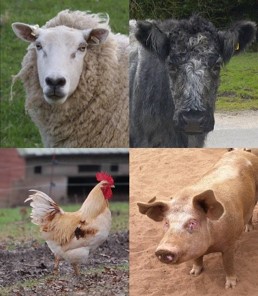
The Global Research Alliance on Agricultural Greenhouse Gases is delighted to announce our new Special Representative, Hayden Montgomery. This is the first time the Alliance has appointed such a role, which will help us in our work with international and regional organisations, NGOs and the agricultural sector globally.
More specifically, the two-year pilot role will involve:
- Lifting the Alliance’s profile at relevant international meetings and within Member countries
- Broadening links with NGOs, potential partners, the agricultural sector and philanthropic organisations
- Helping secure funding for research projects
- Promoting the Alliance to potential Member countries
Hayden will be known to some Members as the person responsible for setting up the LEARN Network, in some ways a precursor to the Alliance; and as part of the team that initially helped establish the Alliance, including the Secretariat.
We are very pleased to welcome Hayden in his new role.
Read the New Zealand Ministers’ Release
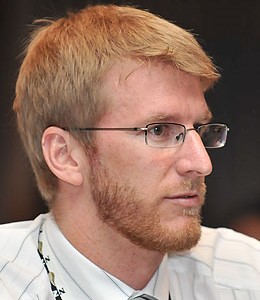
We are pleased to inform that our MAGGnet article “MAGGnet: An international network to foster mitigation of agricultural greenhouse gases” has been published on Taylor & Francis Online. The article summarises MAGGNet’s purpose, work to date and overall goal to produce an inclusive, globally shared meta-database focussed on the science of GHG mitigation.
MAGGnet, the Managing Agricultural Greenhouse Gas Network, was initiated as a multi-national research effort facilitated by the GRA. By employing a user-friendly spreadsheet template, MAGGnet seeks to compile metadata from experimental sites throughout the world where greenhouse gas fluxes and soil carbon dynamics are monitored.
Find out more about MAGGNet here
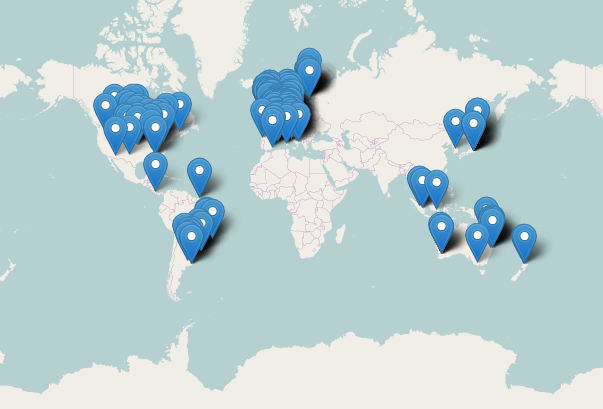
The GRA’s International Research Collaboration Working Group (IRCWG) will hold its first physical meeting next month in Brussels, Belgium. The IRCWG was formed by Members of the GRA as an outcome from the 2015 Council meeting to assist in the preparation of the GRA’s 5-year strategic plan and to support the GRA Research Groups and collaborative research activities. The group will meet over two days, June 13-14, and will be hosted by the European Commission.
Any GRA Member who is interested in participating in the meeting and the Working Group should contact the Secretariat ([email protected]).
